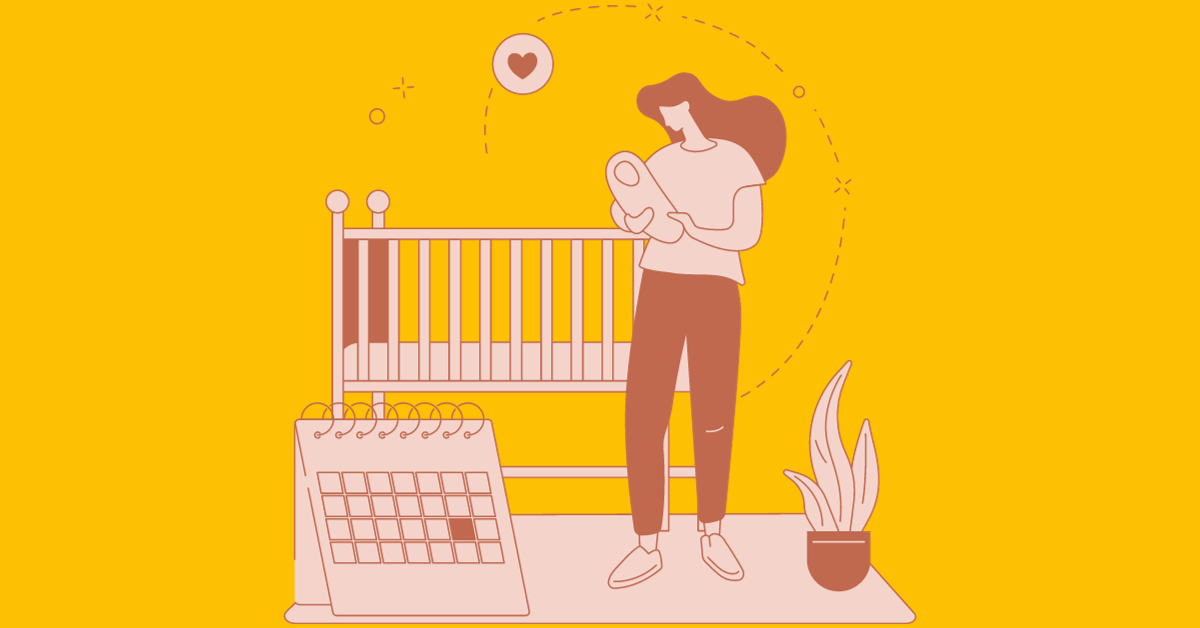Becoming a mother is a transformative experience, filled with joys, challenges, and moments of profound learning. As a working professional, integrating this significant life change with career demands can be a balancing act. Enter maternity leave assistance—a pivotal support system for mothers. For those looking to delve deeper into what maternity leave assistance entails and its immense benefits, this guide is for you.
Understanding Maternity Leave Assistance

At its core, maternity leave assistance ensures that mothers have the requisite support, both in terms of time and resources, during the crucial prenatal and postnatal phases. This foundational support not only aids physical recovery but also nurtures mental well-being, empowering mothers to embrace both work and motherhood with confidence.
Delving into the Benefits of Maternity Leave Assistance
- Optimal Physical Recovery: Beyond the immediate demands of childbirth, the postpartum period can bring about various physical changes and challenges. Maternity leave provides the buffer for mothers to heal and rejuvenate.
- Emotional Well-being: Hormonal changes, sleep deprivation, and the pressures of new motherhood can be overwhelming. Maternity leave provides the space to adjust, seek support, and build resilience.
- Promoting Breastfeeding: The World Health Organization recommends exclusive breastfeeding for the first six months. Maternity leave facilitates this, providing both health benefits for the baby and cementing early mother-child bonding.
- Job Security and Satisfaction: Knowing that their job is secure and that they are valued, mothers can focus on their new role without anxiety, leading to increased job satisfaction in the long run.
- Societal Impact: Comprehensive maternity leave policies lead to happier, healthier families, positively impacting society at large.
A Closer Look at Types of Maternity Leave Assistance
- Paid Maternity Leave: Beyond the basic salary, some companies offer bonuses or incentives to support additional expenses that arise with a new baby.
- Extended Maternity Leave: Some progressive companies are recognizing the need for extended leave, allowing mothers more time, sometimes up to a year, to cater to their child’s needs.
- Father/Partner Leave: Recognizing the role of partners in early childcare, many organizations are now offering paternity or partner leave, further supporting the family unit.
- Shared Leave Options: This allows parents to split the leave duration, ensuring both get to spend quality time with their newborn.
- Holistic Wellness Initiatives: Beyond traditional health programs, companies might offer meditation classes, stress management workshops, and counseling to aid mental well-being during this transition.
- Child Care Facilities: Some larger organizations have on-site child care facilities, easing the transition back to work and ensuring mothers can visit their children during breaks.
- Gradual Return-to-Work Programs: Instead of an abrupt return, mothers can ease into their roles, starting with a few hours and gradually increasing their working hours.
Final Thoughts
In today’s dynamic work environment, the approach to maternity leave is evolving. Organizations are recognizing the multifaceted needs of new mothers, leading to more comprehensive assistance programs. As you navigate your personal and professional journey, knowing the depth and breadth of available maternity leave assistance can empower you to make choices that best serve you and your family. Remember, with the right support, you can not only flourish in your career but also relish the joys of motherhood.

